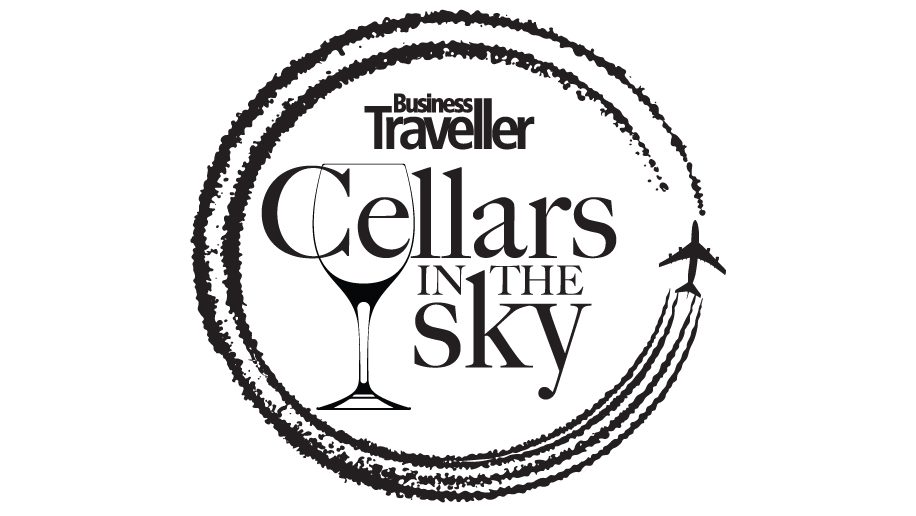
Discover the best wines available in the sky – and why you should avoid bold tannins inflight.
Since 1985, the Cellars in the Sky awards have been celebrating the best inflight wines in first and business class. The competition is open to all airlines who think their bins can tantalise the tastebuds of the judging panel, which this year comprised Charles Metcalfe (Head Judge), Masters of Wine Peter McCombie and Sam Caporn, and winemaker John Worontschak.
There are 16 categories, ranging from Best Business Class Sparkling wine to the coveted Best Overall Cellar. This year, 30 airlines entered the awards, in up to seven categories each, and the awards were sponsored by Château d’Esclans, Bottega, Pimentae, The Pickle House and The Uncommon.
A total of 280 bottles of wine were blind-tasted by the four-person judging panel over two days. To ensure anonymity and impartiality, all bottles were concealed under black bags and hidden until the judging process had been completed.
What is blind tasting?
“Tasting blind is a really fun exercise for us because you’re not being swayed by the label,” says Sam Caporn. “You can’t even be swayed by what it is or where it’s from. Sometimes you taste a wine and you go: ‘Oh, I know this is an Australian Shiraz’, but a couple of times we’ve had no idea. It takes away all those preconceptions, and you’re basically saying: Does it taste nice? Is it balanced? What’s its inherent quality? Is it a delicious glass of wine?”
John Worontschak adds: “When we read the label, we might think ‘Oh, that’s high quality, that’s expensive, that has a famous reputation… and therefore it’s good wine.’ We’re taking that out of the equation by doing this blind and just focusing on ‘How does it taste?’”
Eliminating label bias is one thing – but how do the judges mitigate against personal preference?
“Everyone has a slight palate bias,” admits Caporn. “So even though you try to be objective, everyone will have one style of wine they like more than others, but as a team we combine the scores and knock that bias out.”
However, bar a few disagreements, the judges found the process fairly harmonious. “There have been some real wow wines in each flight that we are all unanimous over – they are the ones that really shine and rise to the top,” Caporn says.
Altitude adjustments
One of the key differentiators for these industry wine awards is the consideration that must be made for the cabin environment. “We’re all aware of the parameters for drinking in the air,” says Peter McCombie. “You’re in a pressurised tube, the humidity’s low, your mucus dries out, there’s constant white noise, vibrations, stress… As a result, the taste of things is more angular and in your face. Things like tannins and acid become more apparent. So for red wines, the quality of the tannin is really important, as stronger, heavier rougher tannins will taste worse up there.”
Charles Metcalfe adds: “Likewise for whites, you don’t want whites that have a really high acidity to the exclusion of all other factors, because that acid is going to seem sharper and more aggressive in the air. So we’re looking for a slightly softer style, whether it’s softer tannins for reds, or slightly gentler acids for white, I think.”
According to the judges, crowd-friendly wines that are more medium, approachable and fruit-forward are likely to offer a better experience at 37,000 feet.
The judges also highlighted some of the trends they’ve seen this year, including a higher quality of rosé wine and an overall domination of New World wines. “The classic example would be an Australian Chardonnay,” says McCombie. “Even ten years ago, Australian Chardonnay was big, rich, oaky, alcoholic, but now Australia is knocking it out the park with Chardonnays that are tight and lean – they are delicious! And as I’m a Kiwi, that’s difficult to say.”
For passengers without years of viticultural training, what tips can the judges pass on for ensuring a premium inflight tasting? “Try them all!” says Caporn. “The only way to know better what you like is to taste wine.”
Worontschak’s suggestion is to ask for advice: “Some airlines do sommelier training so cabin crew do actually know what they’re talking about, and I think one even does pairing. Even if crew aren’t professionally trained, they still might be able to recommend a wine that will go with your meal, and that’s probably quite helpful.”
With the judging process completed, click here to discover which airlines have been crowned this year’s Cellars in the Sky winners.












